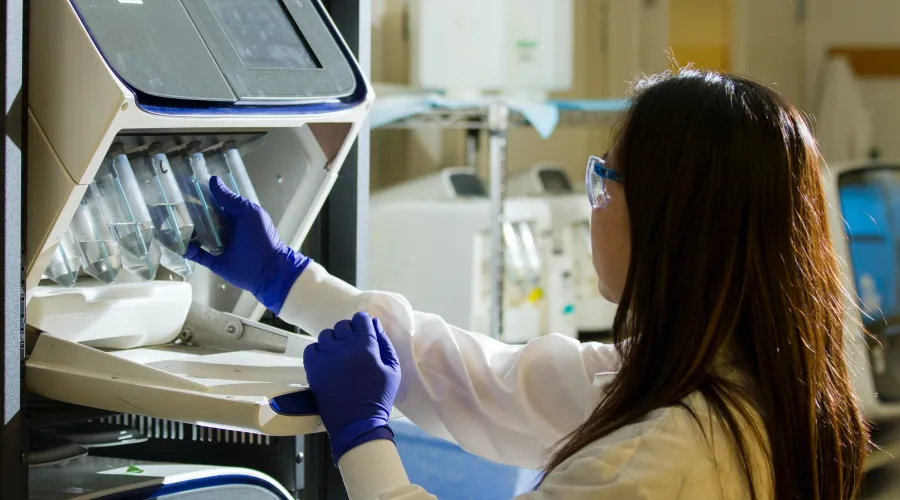
Hannon Lab
About the Lab
The Hannon Lab is devoted to understanding how environmental exposures impact women’s reproductive health. Beyond just fertility, women’s reproductive health plays a pivotal role in regulating overall physical and mental well-being, and unfortunately, certain chemicals that women are exposed to on a daily basis have the potential to cause infertility and reproductive dysfunction. These chemicals are called endocrine-disrupting chemicals (EDCs), and they harm human health by targeting vital reproductive organs like the ovary, which produces estrogen and progesterone and contains the eggs for fertilization.
The EDCs that we are focused on are found in common consumer items such as food and beverage containers, building materials of our homes and workplaces, car upholstery, makeup products, nail polish, hairspray, perfumes, and lotions. Thus, exposure to certain EDCs is unavoidable, and this outlines the importance of understanding how exposures can cause infertility and reproductive dysfunction.
Our primary research focus is to investigate how certain EDCs cause fertility defects by disrupting the normal functions of the ovary. We are especially interested in how EDCs inhibit or impair the process of ovulation, or release of the egg from the ovary for fertilization. By obtaining this knowledge, our goal is to provide therapeutic interventions on infertility that is caused by environmental exposures.
